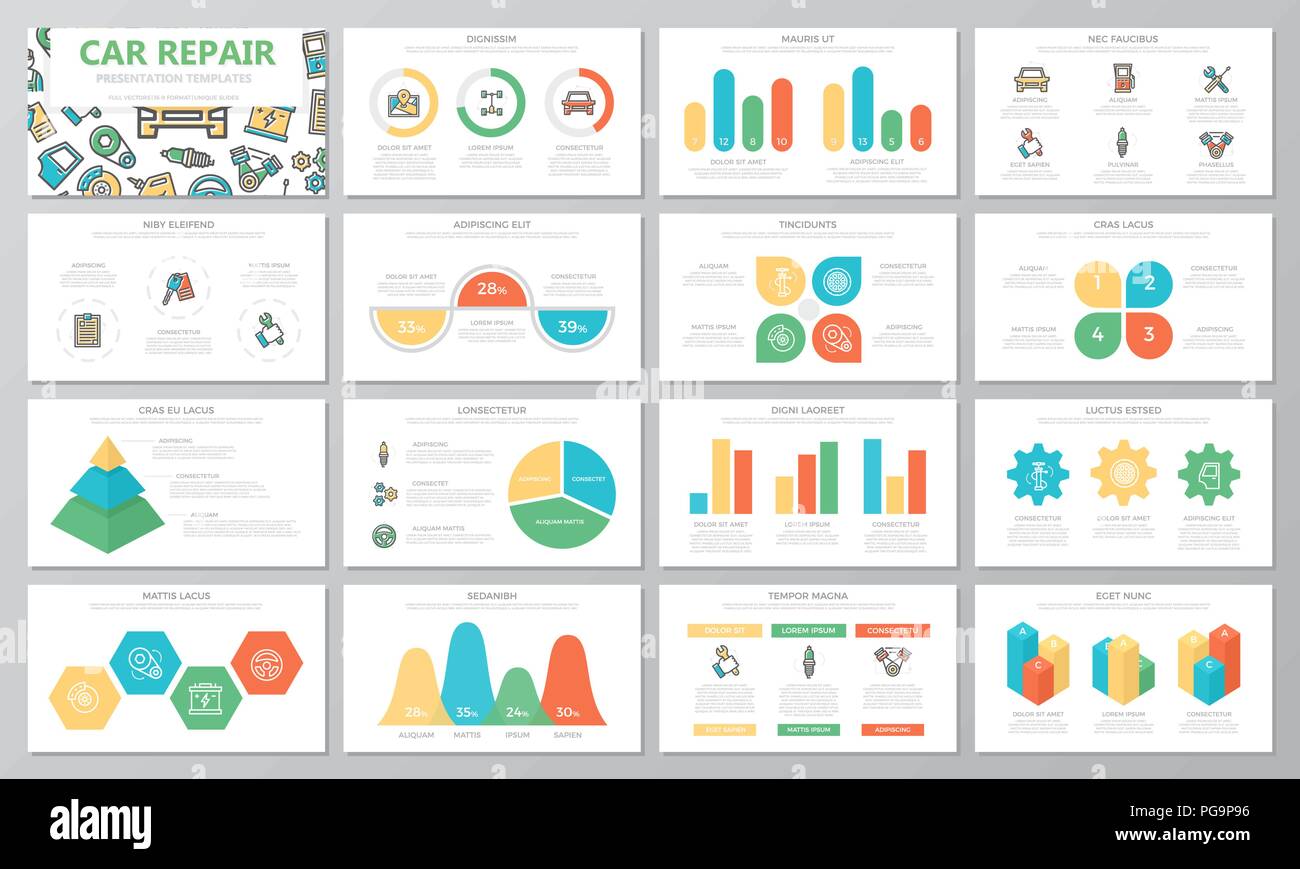The Important Role Of Constant Tire Maintenance: Steps For Inspecting And Rotating Your Tires
The Important Role Of Constant Tire Maintenance: Steps For Inspecting And Rotating Your Tires
Blog Article
Author-Olson Bondesen
Ensuring your tires remain in leading condition is greater than simply a regular job-- it's a safety and security essential for each journey you embark on. From preserving appropriate air pressure to examining for wear and tear, the health and wellness of your tires directly affects your car's efficiency and your health when traveling. But what are the vital actions to take to maintain your tires in prime form? Let's check out the essential aspects of tire maintenance that you should not neglect.
Advantages of Regular Tire Upkeep
Routine tire maintenance offers a range of advantages that can enhance your driving experience and ensure your safety when traveling. By maintaining your tires correctly pumped up, you boost fuel performance, saving you cash at the pump.
Properly maintained tires also offer better grip, decreasing the threat of mishaps, especially during severe weather. Appropriately straightened and well balanced tires result in a smoother trip, reducing resonances and boosting total lorry handling.
Frequently rotating your tires promotes also tread wear, extending their lifespan and conserving you from premature substitutes. Additionally, preserving the proper tire stress can stop blowouts and apartments, decreasing the opportunities of unforeseen malfunctions when traveling.
Tire Examination Guidelines
When checking your tires, it's crucial to take notice of different key facets to ensure they're in optimum condition for secure driving. Begin by examining the tire pressure using a pressure scale to guarantee it matches the maker's suggested degree.
Evaluate what is it worth by positioning a penny upside-down right into the step grooves; if you can see all of Lincoln's head, it's time for brand-new tires. Seek any signs of unequal wear, which may suggest alignment problems or inappropriate rising cost of living.
Check for cuts, bulges, or splits on the tire sidewalls, as these can bring about blowouts. Additionally, analyze the tire shutoffs for damages or leakages. Bear in mind to inspect all 4 tires, including the spare if relevant.
Correct Tire Rotation Techniques
To ensure even use and prolong the lifespan of your tires, it's necessary to adhere to proper tire turning strategies. Routine tire turning helps disperse put on equally throughout all 4 tires, promoting longer walk life and improving general performance. Start by examining your automobile's manual for the suggested rotation pattern. Commonly, front-wheel-drive, rear-wheel-drive, and all-wheel-drive cars have various turning patterns to account for differing wear patterns.
For most cars, the recommended tire turning interval is every 6,000 to 8,000 miles, yet this might vary, so it's crucial to consult your manual.
When rotating your tires, swap the front tires with the rear tires, relocating the left back tire to the left front position and vice versa. https://car-brakes-near-me28395.blogsmine.com/31675013/new-trends-in-auto-repair-service-technology-improvements-affecting-the-area in mind to also go across the rear tires to the contrary sides when moving them to the front. This easy yet reliable turning method helps make certain that all tires put on uniformly, maximizing their life-span and keeping optimal performance.
Conclusion
Ensure to prioritize routine tire upkeep to keep your car running smoothly and safely. By complying with straightforward evaluation guidelines and correct rotation techniques, you can expand the lifespan of your tires, boost gas effectiveness, and boost general efficiency on the road. Do not forget the value of caring for your tires - it's a tiny effort that can make a large difference in your driving experience.
